Over the last few decades, plastic pollution has moved from a visible nuisance to a microscopic threat with far-reaching implications. Among the most pressing challenges is the rising presence of microplastics in water—tiny plastic particles less than 5mm in size that now permeate oceans, rivers, lakes, and even drinking water systems worldwide. But what makes these minuscule fragments such a massive concern?
1. What are microplastics in water and where do they come from?
Microplastics in water originate from two primary sources: primary microplastics and secondary microplastics. Primary microplastics are manufactured at a small size for specific industrial or cosmetic uses—such as microbeads in exfoliating products or pellets used in plastic production. Secondary microplastics are formed when larger plastic items—bags, bottles, or synthetic fabrics—break down over time due to environmental exposure like UV radiation, heat, and friction.
A 2017 study published in the journal Science Advances found that over 8.3 billion metric tons of plastic have been produced since the 1950s, with much of it ending up in the environment and breaking down into microplastics. Microplastics are now being found across virtually all water bodies—from Arctic ice cores to the deepest points of the Mariana Trench. They can even enter the water system through household drains and wastewater treatment plants that aren't equipped to filter them effectively.
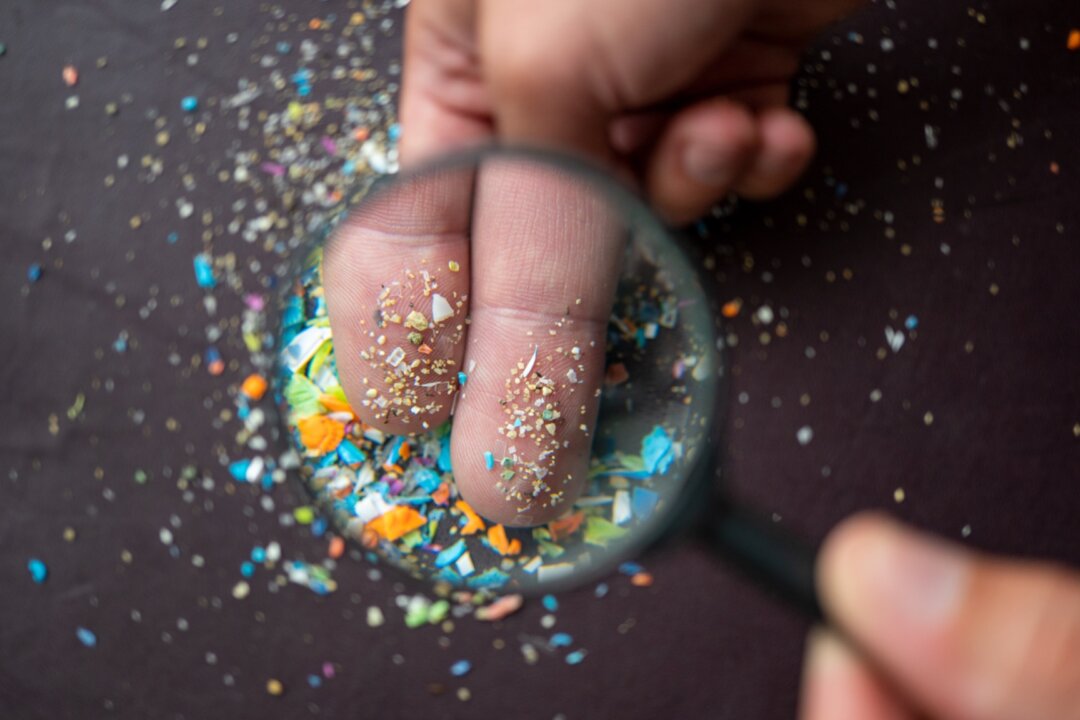
Microplastics in water originate from two primary sources: primary microplastics and secondary microplastics.
2. How do microplastics impact aquatic ecosystems?
The environmental consequences of microplastics in water are severe and complex. Aquatic animals, from plankton to whales, often mistake these particles for food. Ingestion can block digestive tracts, reduce nutrient absorption, and even lead to death. Filter feeders like mussels and oysters are particularly vulnerable, which also makes them vectors through which microplastics can enter the human food chain.
Moreover, microplastics can act as carriers for toxic pollutants such as pesticides, heavy metals, and persistent organic pollutants (POPs). When marine organisms ingest these particles, the toxins can accumulate in their tissues, potentially transferring up the food web and affecting entire ecosystems.
3. Risks to human health
While research is still emerging, early studies suggest that microplastics in water may pose real risks to human health. These particles have been detected in tap water, bottled water, and even in human blood and lungs. In 2022, an article posted on Environment International revealed that: researchers from the Netherlands discovered microplastics in 80% of human blood samples they tested, highlighting the pervasive exposure in daily life.
The concern isn’t just the plastic itself, but also the cocktail of chemical additives and absorbed toxins that may leach into our bodies. Potential health effects include inflammation, endocrine disruption, and oxidative stress, particularly if microplastics accumulate over time or cross biological barriers into organs. The long-term consequences remain uncertain, but the presence of microplastics in drinking water is a growing red flag for scientists and health authorities alike.
While research is still emerging, early studies suggest that microplastics in water may pose real risks to human health. These particles have been detected in tap water, bottled water, and even in human blood and lungs. The concern isn’t just the plastic itself, but also the cocktail of chemical additives and absorbed toxins that may leach into our bodies.
Potential health effects include inflammation, endocrine disruption, and oxidative stress, particularly if microplastics accumulate over time or cross biological barriers into organs. The long-term consequences remain uncertain, but the presence of microplastics in drinking water is a growing red flag for scientists and health authorities alike.
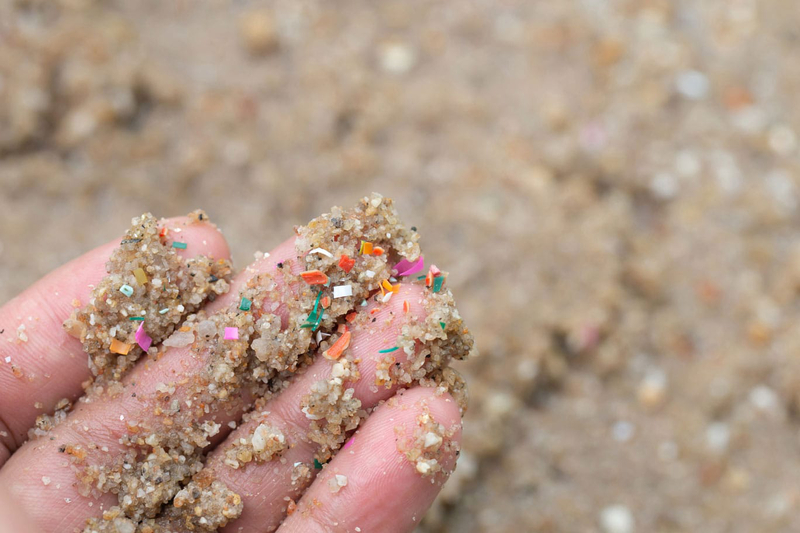
Early studies suggest that microplastics in water may pose real risks to human health.
4. Microplastics and drinking water systems
Municipal water systems were never designed to filter out plastic particles smaller than 5mm. As a result, conventional treatment processes like coagulation, sedimentation, and filtration are only partially effective. A 2021 review published in Water Research reported that conventional drinking water treatment processes, including coagulation and rapid sand filtration, were not fully effective in removing microplastics, and that smaller particles often escape into finished water supplies.
Even bottled water isn’t exempt—research conducted by the State University of New York at Fredonia found that 93% of bottled water samples from major brands contained microplastics, likely from packaging or bottling processes.
Advanced treatment methods, such as membrane filtration and activated carbon, show promise in reducing microplastic content but come with high costs. This raises serious equity concerns, especially in developing countries that may lack the infrastructure to address the problem.
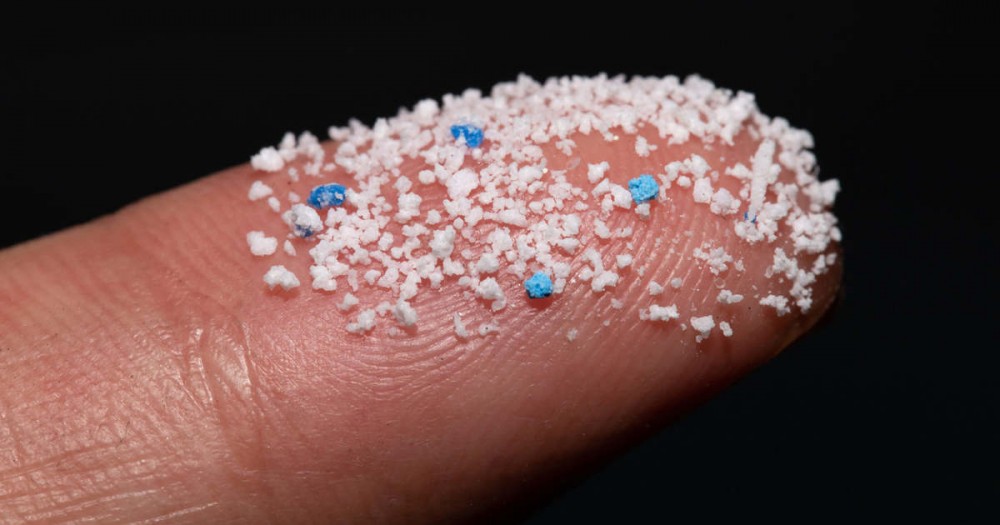
Municipal water systems were never designed to filter out plastic particles smaller than 5mm.
5. Policy responses and mitigation efforts
Governments and international organizations are starting to recognize the scale of the microplastics in water crisis. Some countries have banned plastic microbeads in personal care products, while others are setting limits on plastic pellet spills from industrial sites.
The European Union’s Green Deal and the United Nations’ Sustainable Development Goals have also emphasized the need to address microplastic pollution. Meanwhile, NGOs and research institutions are working on new filtration technologies and advocating for circular economy practices that reduce overall plastic use.
However, much of the current legislation still focuses on macroplastics. A unified, global regulatory framework specific to microplastics is still lacking—making coordinated action more difficult.
6. What can individuals and industries do?
Addressing the issue of microplastics in water requires proactive efforts from both consumers and industries. On an individual level, one of the most effective strategies is to reduce the use of plastic at the source. Choosing reusable alternatives over single-use plastics, opting for natural fiber clothing instead of synthetic fabrics, and installing filters on washing machines to catch microfibers are all practical actions that can limit microplastic release into waterways.
Industries, particularly those in textiles, packaging, and cosmetics, must take the lead in rethinking material choices and manufacturing processes. This includes investing in biodegradable materials, minimizing the use of additives, and implementing closed-loop production systems that reduce plastic waste and loss during production.
In addition, water utilities and manufacturers have a role to play by exploring advanced filtration systems that can effectively capture microplastics before they enter public waterways. Supporting research and innovation in this field is crucial. Just as important is raising public awareness: when consumers are informed about the environmental and health impacts of microplastics, they are more likely to demand sustainable products and support stricter regulations.
Ultimately, collaboration across sectors—government, industry, and individuals—is key to slowing and eventually reversing the tide of microplastic pollution.
7. Conclusion
Microplastics in water represent a silent, pervasive pollutant with significant implications for ecosystems and human health. Their microscopic size belies their massive impact—spanning from marine biodiversity loss to potential long-term health effects in humans. Solving this crisis will require a multi-level approach that combines science, policy, innovation, and public action.
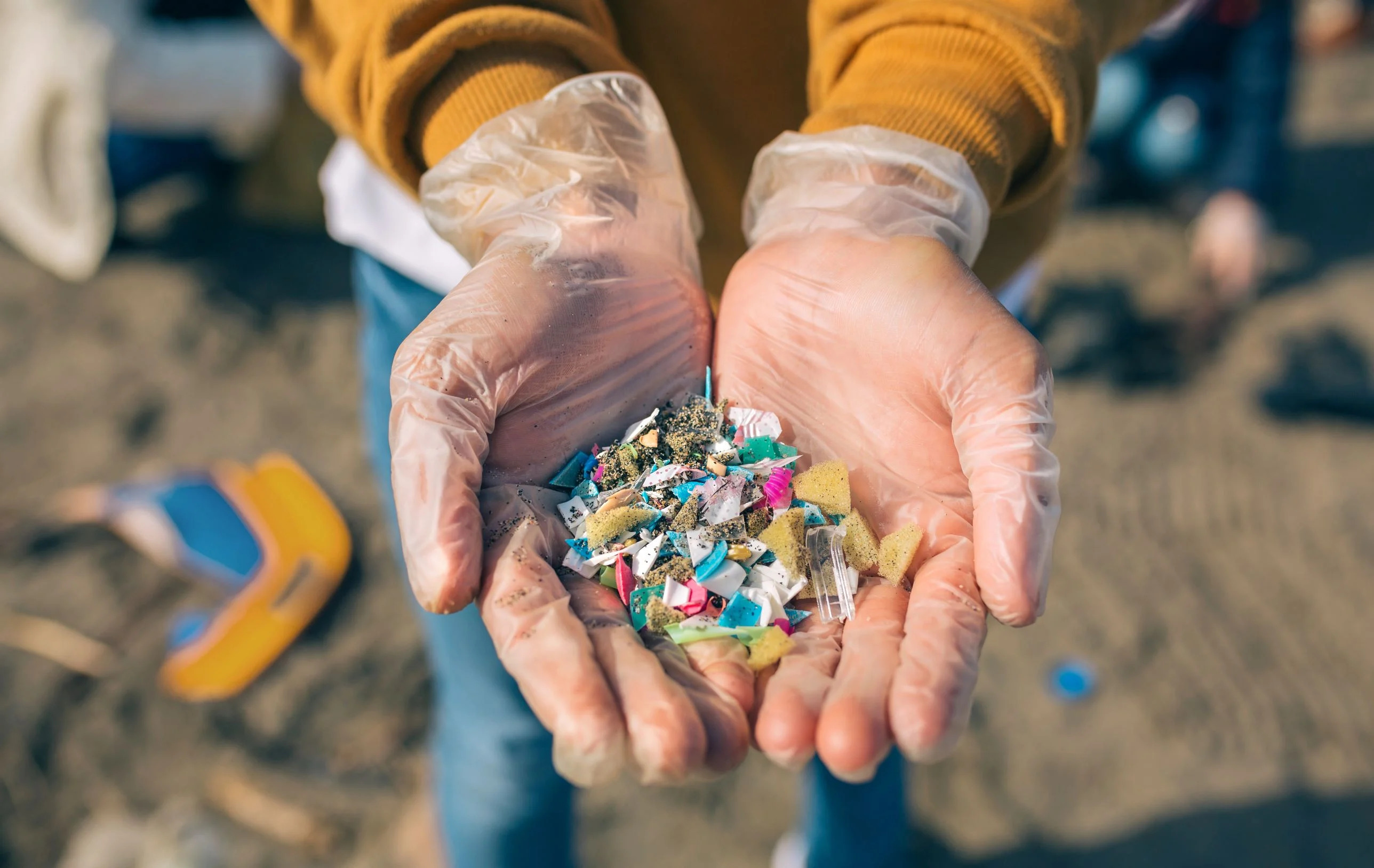
Microplastics in water represent a silent, pervasive pollutant with significant implications for ecosystems and human health.
8. About EuroPlas and BiONext
EuroPlas is one of the world’s leading plastic manufacturers, operating seven factories across Vietnam and Egypt with an annual capacity of 0.8 million tons. With exports to over 95 countries, EuroPlas provides sustainable, high-performance plastic solutions across a variety of sectors.
Among its six product lines, BiONext is EuroPlas’s biodegradable compound brand designed to support global sustainability goals. BiONext products are formulated from renewable resources such as PLA, PHA, and PBAT—offering alternatives to conventional plastics while helping to reduce microplastic pollution at its source.
The biggest advantage of a bio compound is its biodegradability. Finished products made from BiONext bioplastic compounds can easily decompose after being disposed of into water, CO2 gas and biomass within 12 months. This biomass can continue to be used as agricultural fertilizer, thereby creating a completely circular life cycle for the product. This is the premise for sustainable development - when all activities from production, consumption to human waste treatment are based on the foundation of the ecosystem and are environmentally friendly.
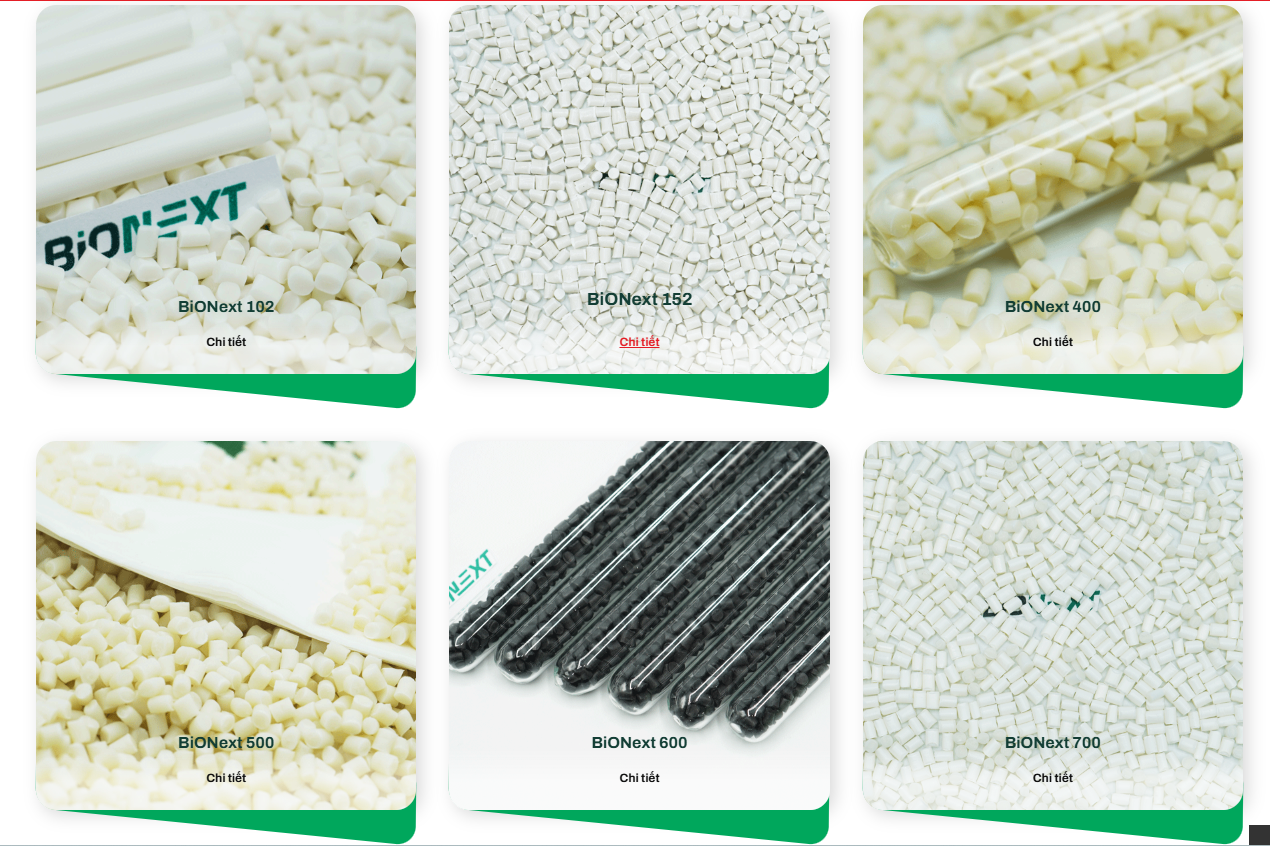
BiONext products offering alternatives to conventional plastics while helping to reduce microplastic pollution at its source.
To learn more about BiONext and EuroPlas's sustainability initiatives, visit our Blog or contact us via our Contact Page.